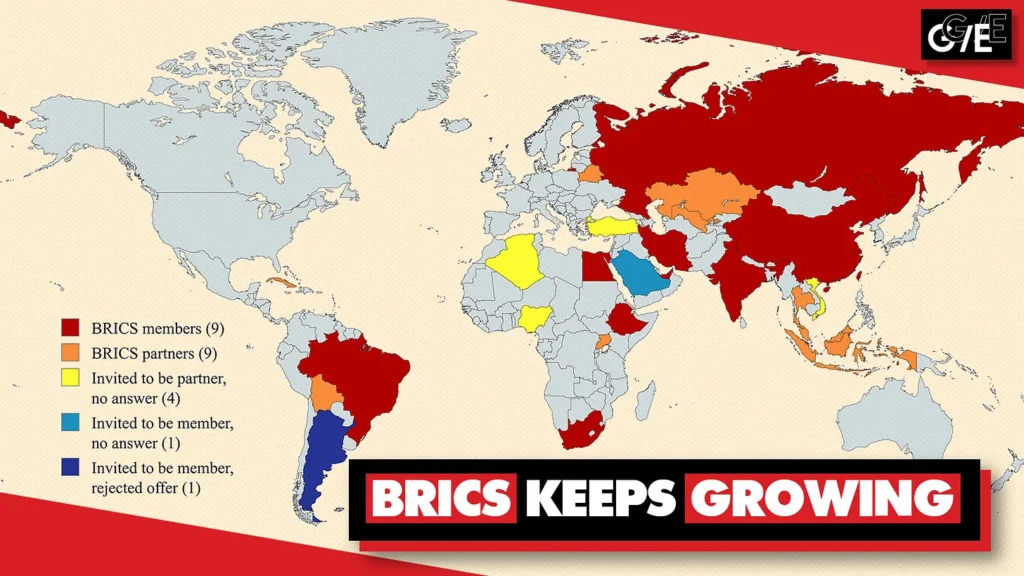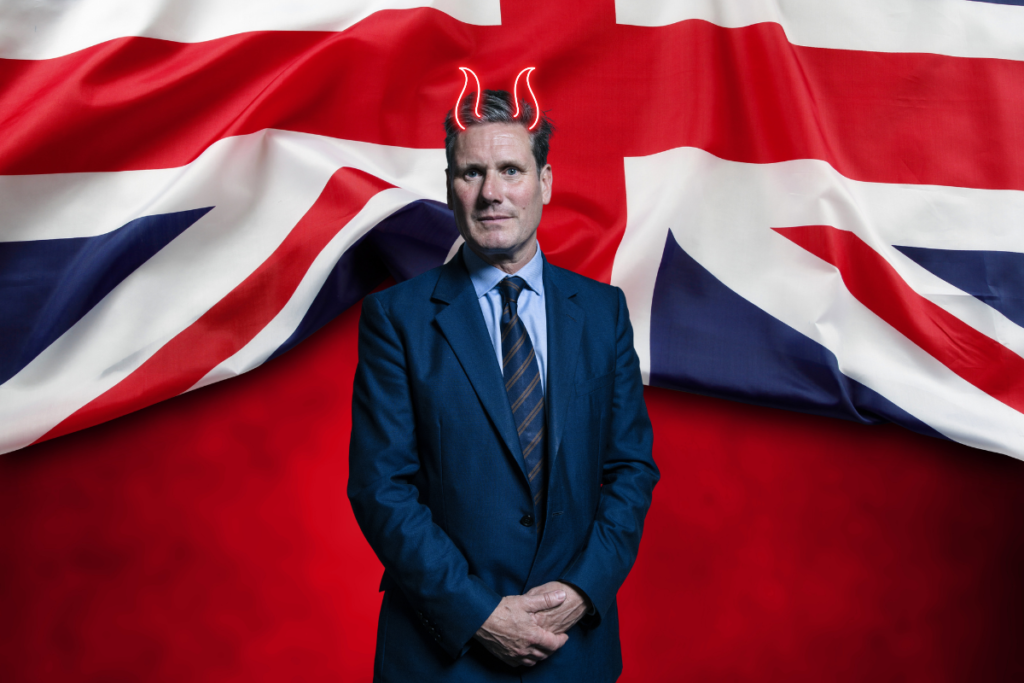The recent Hamas attack on Israel has reignited violence across the Middle East, but what drives this cycle of conflict that seems so difficult to break? As Israel responds with military force, how will these actions affect the lives of civilians in Gaza and the broader region? Can peace truly be achieved without addressing the underlying causes of this long-standing struggle?
Inside Israel, protests have erupted in cities like Tel Aviv and Jerusalem. What do these demonstrations reveal about the public’s confidence in their government and its policies? Are these protests a sign of deeper societal divisions, and how might they influence Israel’s future direction amid such turmoil?
Hamas’s motivations for the attack are complex, but what social, political, and economic factors fuel their continued resistance? On the other hand, how does Israel balance its need for security with the desire to maintain democratic values and protect all its citizens? Can these opposing needs ever be reconciled?
The conflict has also drawn intense international attention. How are regional powers and global actors shaping the course of events? Could renewed violence disrupt recent diplomatic efforts in the region, or might it open new opportunities for dialogue? What responsibilities do outside nations have in supporting peace?
Ultimately, what kind of future do the people of the Middle East envision for themselves? Is there a path toward coexistence that respects the rights and aspirations of all parties involved? How can the cycle of violence and protest be transformed into a movement for lasting peace?



